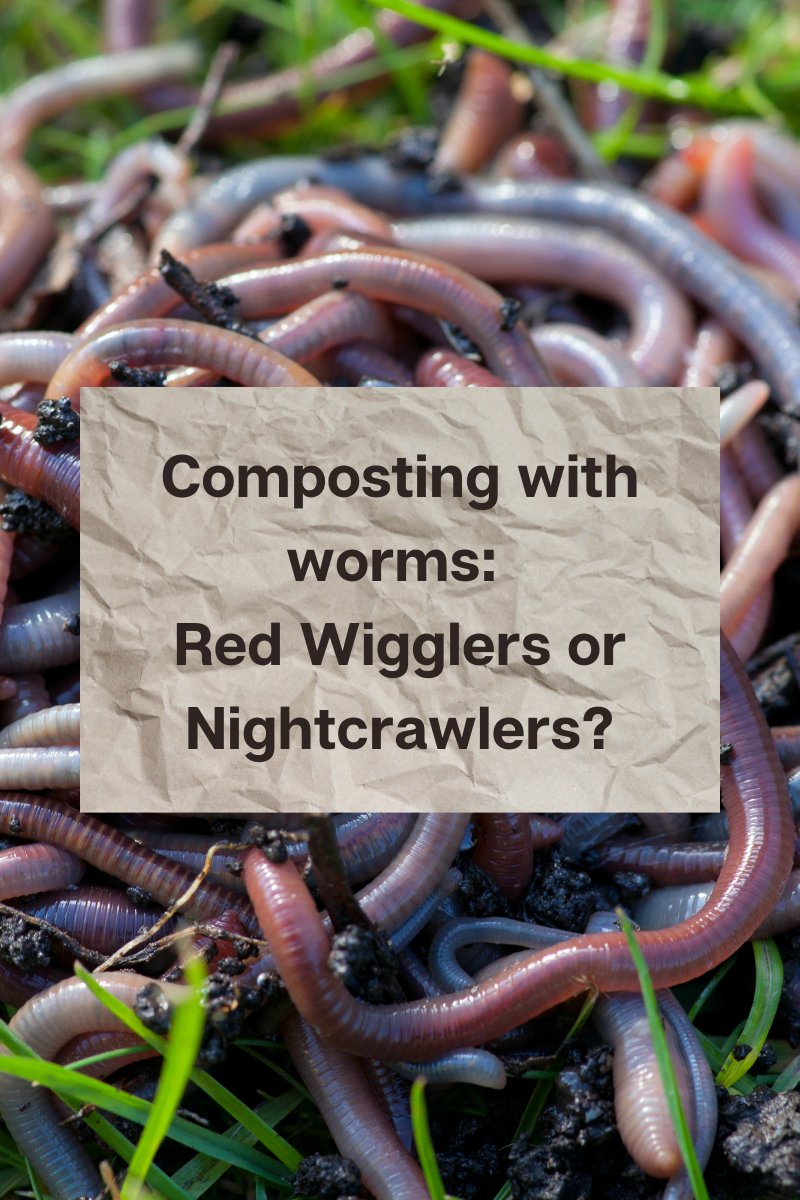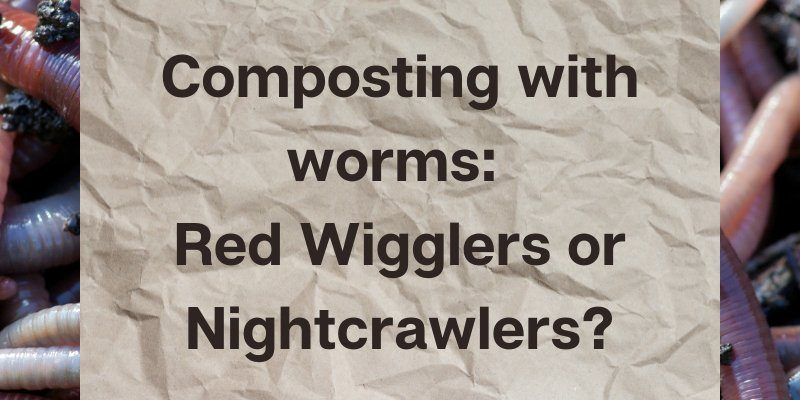
Just like how different coffee blends can bring out unique flavors, different worm species have their own strengths and behaviors. So, what makes red wigglers the best choice for your composting needs? And how do they stack up against earthworms and nightcrawlers? Buckle up, because we’re about to dig deep into the world of worms and figure out who does what best.
What Are Worm Bin Worms?
Worm bin worms, primarily the red wigglers, are specially adapted for life in compost bins. These little guys thrive on decaying organic matter, turning scraps of food into nutrient-rich compost that your plants will love. They work hard and reproduce quickly, making them perfect for indoor and outdoor composting setups.
These worms prefer a warm, moist environment, which is why they love a cozy worm bin. They typically live in the upper layers of soil and organic waste, where oxygen levels are high enough for their survival. Unlike their earthworm cousins, red wigglers are known for their lively behavior and ability to process waste quickly.
So, why are they a good choice for your compost bin? Well, they can eat about half their body weight in food scraps each day! Imagine the difference they can make in your garden’s health.
Red Wigglers vs. Earthworms: The Soil Dwellers
When comparing worm bin worms to earthworms (Lumbricus terrestris), you’ll notice some key differences. Earthworms tend to live deeper in the soil, burrowing down to improve soil structure. They can handle a wider range of soil conditions and are essential for aerating the earth. However, they aren’t as efficient when it comes to composting.
While red wigglers can munch through kitchen scraps, earthworms prefer more fibrous materials like leaves and soil. If you ever thought about stuffing your compost bin with heavy scraps, like coffee grounds and vegetable peels, red wigglers would be your best bet.
Here’s a quick comparison:
- Habitat: Red wigglers thrive in compost bins, while earthworms prefer deeper soil.
- Diet: Red wigglers enjoy kitchen scraps; earthworms like leaves and dirt.
- Role: Red wigglers compost waste, whereas earthworms improve soil structure.
In a nutshell, if you’re composting, red wigglers are your buddies. But if you want to enrich your garden soil, don’t forget about the mighty earthworm!
Nightcrawlers: The Deep Diggers
Now let’s talk about nightcrawlers (Lumbricus terrestris), the giants of the worm world. These worms are long, thick, and tend to dig much deeper than red wigglers. Nightcrawlers can burrow down to 6 feet or more! They play an important role in soil health by aerating deep layers and mixing organic matter into the earth.
Unlike red wigglers, nightcrawlers aren’t typically used for composting. They’re best suited for outdoor soils, especially in garden beds. However, if you throw them in a compost bin filled with food scraps, they’ll mostly just hide out at the bottom and avoid the activity above.
So, what are the strengths of nightcrawlers compared to red wigglers?
- Size: Nightcrawlers are larger, which allows them to handle a different soil environment.
- Activity Level: They’re less active in compost bins, preferring to stay deep in the soil.
- Role: Nightcrawlers improve soil health more than they contribute to waste recycling.
If you want to dig deep and improve your garden beds, nightcrawlers are the way to go!
Other Composting Worms: African Nightcrawlers
You might also come across African nightcrawlers (Eudrilus eugeniae), another popular composting worm. These worms are similar to our beloved red wigglers but tend to be larger and can eat a bit more. They’re especially favored in warmer climates, making them ideal for tropical or subtropical regions.
African nightcrawlers can handle more heat than red wigglers and have a different diet preference. They can consume a wider variety of organic materials and are excellent at breaking down scraps quickly. However, they may not adapt well to cooler climates, which could be a concern if you’re in a region where temperatures drop.
Here’s a brief comparison to keep it clear:
- Size: African nightcrawlers are generally larger than red wigglers.
- Temperature Preference: African nightcrawlers thrive in warmer climates.
- Diet: They enjoy a broader range of organic materials but might struggle in colder conditions.
If you live in a warmer place and want a high-production composting worm, African nightcrawlers are a great choice!
Choosing the Right Worm for Your Needs
When it comes to choosing the right worm for your compost bin or garden, it’s essential to consider factors like your climate, available space, and what you’ll be composting. Here are some tips to help you make the right choice:
1. Start with Red Wigglers: If you’re new to composting, start with red wigglers. They are easy to manage and can eat a wide variety of kitchen scraps.
2. Consider Your Environment: If you live in a warmer area, you might want to explore African nightcrawlers for a more diverse diet.
3. Understand Soil Needs: If your goal is to enhance garden soil, earthworms and nightcrawlers could be better options for aeration and structure.
Ultimately, the right choice depends on your specific goals, so consider your options before diving in!
Common Problems and Solutions
Even seasoned worm wranglers can hit bumps in the road when it comes to keeping a worm bin. Here are a few common issues and how to tackle them:
1. Bad Odors: If your worm bin starts to smell, it might be due to too many wet scraps or not enough aeration. To fix this, add dry materials like shredded paper or cardboard, and make sure to mix things up a bit!
2. Worms Climbing Out: Sometimes, your worms might try to escape. This usually means they are uncomfortable—too hot, too cold, or their environment is too acidic. Check the conditions and make adjustments accordingly.
3. Slow Decomposition: If your food scraps are piling up, your worms might not be able to keep up. Try cutting scraps into smaller pieces and avoid adding too much at once.
Remember, patience is key! Worms are sensitive creatures, so give them time to adjust to changes.
In the end, comparing worm bin worms to their similar species helps us understand which ones are best for our composting efforts. Red wigglers are the champions of composting, while earthworms and nightcrawlers have their own strengths in soil health. And if you’re lucky enough to live in a warm place, you might want to give African nightcrawlers a shot.
Whether you’re starting your journey into worm composting or diving deeper into soil health, knowing the differences among these species will empower you to make the best choice for your garden. After all, worms may be small, but their impact on our environment is huge. So, roll up your sleeves and get ready to make the most of your worm bin or garden soil—your plants will thank you!

